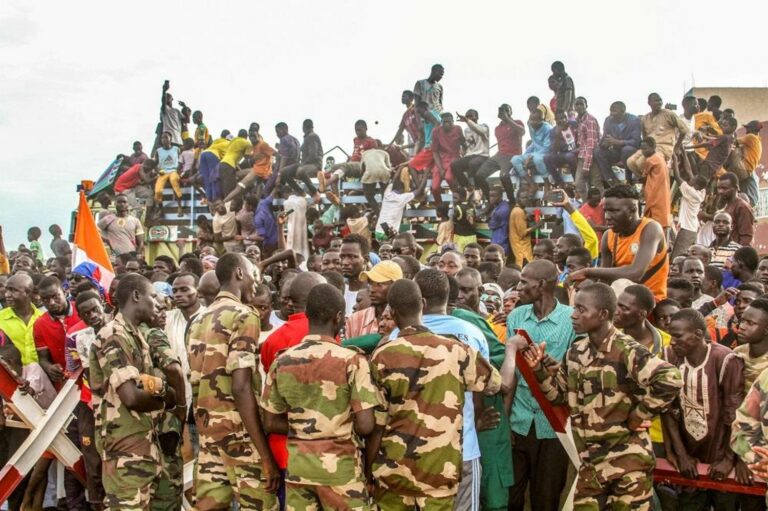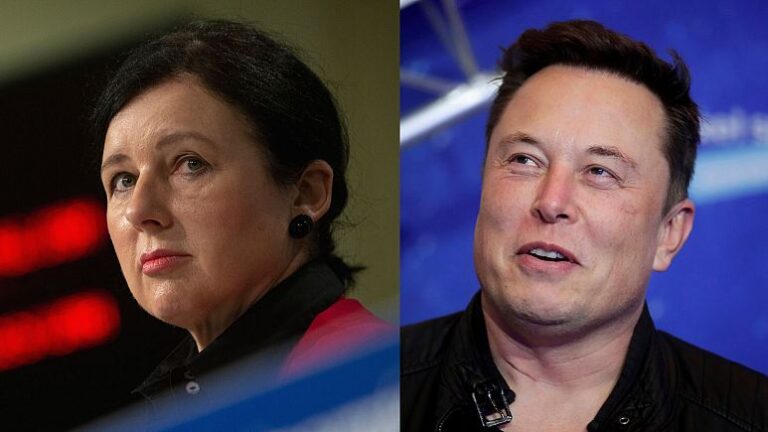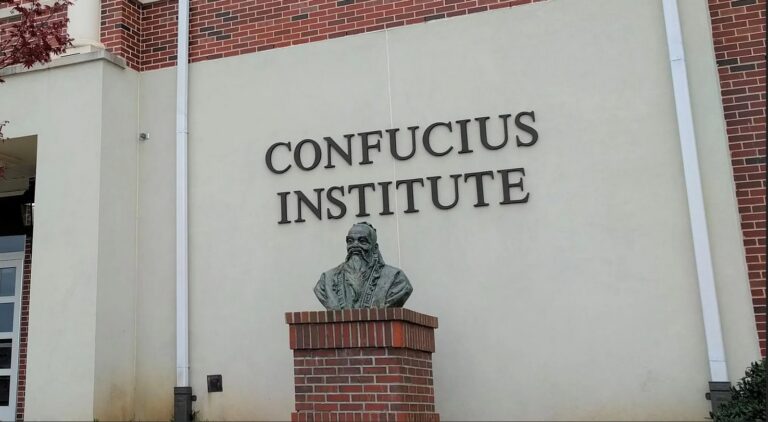The geopolitical and security crisis has forced the CARs and the EU to rethink their foreign policy regarding the region’s sovereignty, safety, and stability
On 2 June 2023, the President of the European Council, Charles Michel, held a second regional high-level meeting with the heads of state of Uzbekistan, Kazakhstan, Tajikistan, Kyrgyzstan, and the deputy chair of Turkmenistan at Cholpon-Ata in Kyrgyzstan.
The meeting reviewed the EU-Central Asia cooperation and the implications of international developments since the inaugural meeting in Astana, Kazakhstan in 2022. Since 2022, the number of high-level EU visits to the region, including by the EU’s High Representative (foreign minister); multiple commissioners; and defence, foreign, and prime ministers of European Union (EU) countries—Germany, France, and Italy—has doubled.
Contrary to the Chinese showmanship and extravagant visits to the Central Asian Republics (CARs), EU visits are far more subdued but continuous, growing, and come with significant policy instruments attached, leveraging the EU’s global leadership in renewable technology, trade, international regulatory frameworks, peace-building, regional integration, and societal development.
The consequent high-level consultations between Central Asia and the EU have sought to establish ambitious, forward-looking, and synergistic relations.
The geopolitical and security crisis, including the Russia-Ukraine conflict and the ticking Afghan timebomb, has forced the CARs to rethink their foreign policy regarding the region’s sovereignty, safety, and stability.
CARs’ EU outreach
In 2022, CARs invited the EU as a partner to develop their own “strategic autonomy” in connectivity, trade, and security. The consequent high-level consultations between Central Asia and the EU have sought to establish ambitious, forward-looking, and synergistic relations.
Two EU members, Germany and France, have given particular importance to this idea, although based on their interpretations of ‘strategic autonomy’ and ‘strategic sovereignty’.
Following the emergence of independent CARs after the USSR’s collapse, the EU signed Partnership and Cooperation Agreements (PCAs) to facilitate social and economic interaction with CARs. Though PCAs had little progress till 2001, the US-led war in Afghanistan provided much-needed stimulus to the EU-Central Asia relations.
With CARs providing the transit route for supplies to Afghanistan for NATO forces, the EU helped the region address concerns such as terrorism and drugs emanating from the Afghanistan-Pakistan region. It also emphasised democratisation, the rule of law, and human rights, often causing concern for Central Asia’s authoritarian regimes, notably following incidents like the Tulip Revolution and Andijan unrest.
Consequently, the authoritarian Central Asian governments have had an ambivalent relationship vis-à-vis the EU’s insistence on stability through good governance institutionalisation.
With CARs providing the transit route for supplies to Afghanistan for NATO forces, the EU helped the region address concerns such as terrorism and drugs emanating from the Afghanistan-Pakistan region.
The protests in January and July 2022 in Kazakhstan and Uzbekistan and contested borders between Kyrgyzstan and Tajikistan have marred interstate relations, forcing CARs to take regional integration more seriously.
CARs have adopted a multi-vector foreign policy to promote “strategic autonomy” and minimise Russia and China’s influence by exploring partnerships with the EU to encourage regional aspirations and develop inter-institutional decision-making mechanisms, integration vehicles, and intra-trade.
The EU has responded through its understated yet continuous commitment to cooperation in areas such as border and conflict resolution, with intensified dialogue, funding, high-level visits and institutional knowledge exchange.
In 2019, the EU’s new strategy for CARs focused on comprehensive, sustainable, and rule-based connectivity, cooperation for peace and security in Afghanistan, and regional integration. The post-2022 geopolitical considerations further enhanced the EU’s regional engagement.
The EU has emerged as CARs’ constructive connectivity, trade, and investment partner. In contrast, CARs have offered the former a reliable source of critical raw materials, links to East and South East Asia, and the supply-chain hubs with proposed links to the Trans-Caspian International Transport Route (TITR), also called the Middle Corridor.
The EU has allocated US$150 million from 2021 to 2024 for regional cooperation and integration and has prioritised co-funding the region’s digital connectivity (including satellite), hydel and hydrocarbon energy projects through international financial institutions, member states (Team Europe), and existing Global Gateway funds.
On their part, CARs are improving cross-border cargo movement through automated payment systems and seeking to promote paperless information via e-logistic platforms under the CAREC digital strategy 2030, promising to boost EU-Central Asia bilateral trade and investment.
The EU’s new strategy for CARs focused on comprehensive, sustainable, and rule-based connectivity, cooperation for peace and security in Afghanistan, and regional integration.
However, many top EU officials and neighbourhood countries like India and Türkiye have highlighted the need for greater EU funding for the Transport Corridor Europe-Caucasus-Asia (TRACECA), which oversees the delivery of the Middle Corridor.
The Ukraine crisis stressed the existing Middle Corridor transit and trade routes in the region. Bypassing Russia, this corridor cost-effectively transports 75,000-100,000 TEU (20-foot equivalent unit).
According to a recent European Bank for Reconstruction and Development (EBRD) impact assessment, an investment of 18 billion euros in the Middle Corridor targeted at regulatory harmonisation, ship-building facilities, improved and more efficient connection points, diminished red-tape and intra-regional and Central Asian customs harmonisation can enhance its full capacity is beyond 600,000 TEU.
From the security standpoint, the EU and CARs are converging on the deteriorating situation in Afghanistan, mainly concerning the human rights of ethnic minorities and women, preventing radical terrorism, and advocating an inclusive government in Kabul.
In 2022, the Islamic State of Khorasan (ISKP) and other groups carried out rocket attacks on Uzbekistan and Tajikistan from their bases in northern Afghanistan. In April 2023, Tajikistan forces killed two terrorists on the volatile Tajik-Afghan border and seized a huge cache of automatic weapons.
Additionally, the presence of Central Asia-based terror groups like the Islamic Movement of Uzbekistan (IMU), Islamic Jihad Union (IJU), Jamaat Ansarullah and Uzbeks and Tajik terrorists in the ranks of ISKP and al-Qaeda in the Af-Pak region has increased CARs and EU’s anxiety.
The Islamic State of Khorasan (ISKP) and other groups carried out rocket attacks on Uzbekistan and Tajikistan from their bases in northern Afghanistan.
Given its improved relations with CARs and regional interests, the presence of terrorists in the Af-Pak region also poses a security risk to the EU. Considering the serious and direct shared consequences of terrorism, conflict, forced migration, and terror spillover to the entire region, including the EU, the EU Parliament has circulated several internal memos calling for a more security-oriented stance through mechanisms like Common Security and Defence Policy (CSDP) or other monitoring and training missions.
Russia-China cooperative hegemony
On the other hand, Russia and China have adopted an entirely different model, prioritising short-term interests, security and investments without considering the region’s long-term stability, growth and governance.
Using a mutually-beneficial cooperative hegemony model, Russia became the region’s security guarantor, while China, using the Shanghai Cooperation Organisation (SCO), extended its hegemonic economic clout.
China also used the Belt Road Initiative (BRI) to exploit the region’s strategic location and resources for its parochial pursuits without considering co-ownership principles, placing CARs under debt stress. Through BRI investments, China pursues its territorial aspirations and minimises the security threats in Xinjiang, the country’s most volatile and militarised western province.
Subsequently, China’s BRI debt trap has raised concerns that poorer countries, including Tajikistan and Kyrgyzstan, may be forced to transfer greater strategic control of their assets to Beijing under BRI’s mandatory contractual conditions if they defaulted on loan repayment.
However, China’s persecution of its Uyghur Muslim minorities has increased anti-China sentiments amongst the general populations of Central Asia given their centuries of cultural and religious affinity with Xinjiang. Since 2015, CARs, particularly in Kyrgyzstan, Tajikistan, and Kazakhstan, have seen more than 150 anti-China protests.
To mitigate the growing negative perception, Chinese President Xi Jinping hosted the China-Central Asia Summit (C+C5) in May 2023 to project Beijing as the region’s partner and not a hegemon. The C+C5 followed the signing of a US$15 billion investment, trade, and cooperation deal with Uzbekistan that also proposes the China-Kyrgyzstan-Uzbekistan (CKU) railway line.
China’s BRI debt trap has raised concerns that poorer countries, including Tajikistan and Kyrgyzstan, may be forced to transfer greater strategic control of their assets to Beijing under BRI’s mandatory contractual conditions if they defaulted on loan repayment.
While growing anti-China sentiments caused unrest, Russia’s aggression towards Ukraine forced CARs to rethink their security dependence on Moscow. The Kremlin is now seen to be threatening regional sovereignty, stability, territorial integrity and security.
EU-CARs bonhomie in India’s interests
The CARs’ relationship with the EU is built on shared strategic principles. The CARs renewed focus on strategic autonomy aligns with India’s stance to not take sides in the emerging 21st century super-power rivalry. At the same time, the EU’s interest in the Middle Corridor suits India’s ambitious North-South Trade Corridor plans.
The CARs renewed focus on strategic autonomy aligns with India’s stance to not take sides in the emerging 21st century super-power rivalry.
The CARs are in constant flux for political reforms. Many of them, including Uzbekistan and Kazakhstan, have brought people-friendly constitutional reforms, validating their aspirations towards the improved rule of law and gradual democratisation. The EU can initiate convergence on these political and economic reforms but should tread carefully since it competes with value-free China and Russia.
It should also consider CARs legitimate fears of regional instability. The EU’s Central Asian strategy must focus on the practical, business, and stability-inducing forms of democratisation, aligned to its new due diligence legislations, prioritising the rule of law, and environment and workers’ rights while simultaneously guaranteeing substantial investments in new regional supply chains.
Partners such as India are well-placed to support the EU and CARs’ new policies from a security, democracy, and business perspective, especially since all actors share a new-found appreciation for independent and strategically autonomous policymaking.
Samuel Doveri Vesterbye is Managing Director of the European Neighbourhood Council (ENC), an EU funded independent think-tank based in Brussels with staff in Belgium, Turkey and Central Asia.
Ayjaz Wani is a Fellow in the Strategic Studies Programme at the Observer Research Foundation.








Leave a Comment